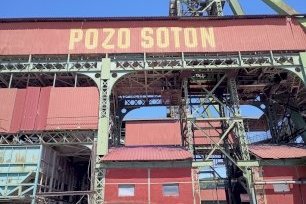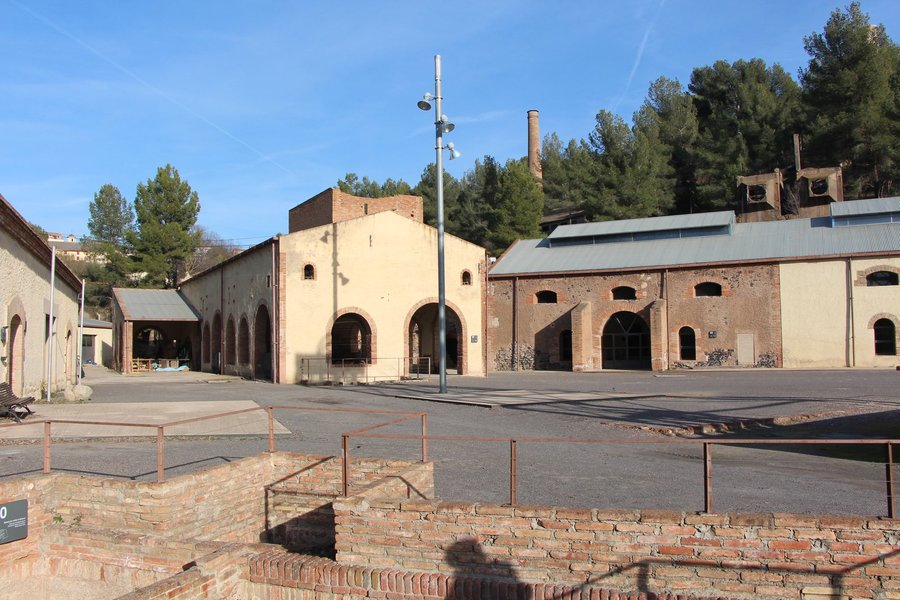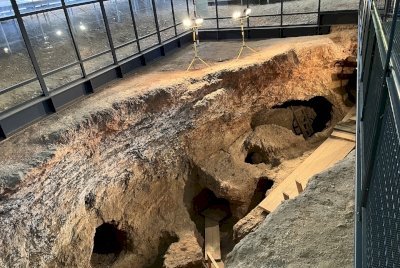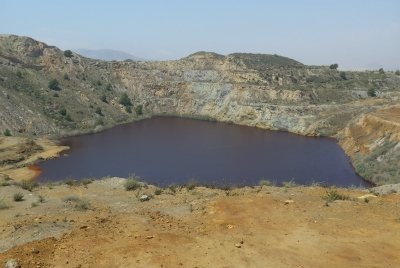Spain
Mining Historical Heritage
The Mining Historical Heritage is a serial proposal consisting of 21 locations in nine provinces and regions spread over the entire country.
The majority of the mining sites are coal and iron ore mines, but metals such as copper, silver, lead, gold and mercury were also mined. Among the selected sites are also stone quarries and salt works. In the oldest of these sites, mining activity dates back to the Neolithic period.
Site Info
Official Information
- Full Name
- Mining Historical Heritage (ID: 5139)
- Country
- Spain
- Status
-
On tentative list 2007
Site history
History of Mining Historical Heritage
- 2007: Added to Tentative List
- Added to tentative list
- Type
- Cultural
- Criteria
Links
- UNESCO
- whc.unesco.org
All Links
UNESCO.org
- whc.unesco.org — whc.unesco.org
Community Information
- Community Category
- Secular structure: Mines
Travel Information
Recent Connections
News
No news.
Recent Visitors
Visitors of Mining Historical Heritage
- aleserre
- Alexander Lehmann
- Alikander99
- Ammon Watkins
- Astraftis
- Can SARICA
- Caspar
- Christoph
- Claire Bradshaw
- CugelVance
- Daniel Chazad
- Evgenii
- Femke Roos
- Jakob F.
- Jan-Willem
- Jasam
- Jonas Kremer
- Lisu Marian
- Mathijs
- M. Huineman
- michaelsballard
- PabloNorte
- Persian Globetrotter
- Peter Lööv
- Philipp Peterer
- Porcho
- Roman Bruehwiler
- Rudegirl
- Stanislaw Warwas
- Stefan Loov
- Svein Elias
- Walter
Community Reviews
Show full reviews
I will focus on the coal mines of Asturias and the north of León, I have close family who have worked their entire lives in those mines and I know the place well.
In principle I consider that they should be separated from the rest of the mining deposits in other areas of Spain that have nothing to do with the coal mines on the northern slope. I consider that they have a special relevance although they have certain similarities with the mines of the Ruhr and the UK, they are mines that are more than a hundred years old, they were the main economic engine of Francoist Spain and at the same time points of rebellion and resistance against the regime and the Franco's fascist oppression, added to the harsh working conditions that took the lives of many miners.
In 2014, the European Union made the brilliant decision to force Spain to close its mines in order to buy cheaper coal from China.
I consider that the coal mines of Asturias and León constitute an industrial heritage of historical value, not only for Spain and Europe but also for all of humanity.
Keep reading 0 comments
Ok, first things first, this nomination is a disaster, it tries to get 21 mines spread throughout the country (and history) into just one site. It's almost as bad as wine in iberia in that regard. However it does point towards some good posible sites. Spain already has two sites associated with mining, which might seem like a lot, but still leaves some gaps. Namely, anything not related with mercury or roman gold extraction. Spain has been a notorious mining region since antiquity and to this day. Thus it has a diverse and large mining heritage. This is made clear when you go through the list as it includes anything from neolithic mines to 19th century ones. Further inspection shows that one mine is already inscribed (Almaden) and another two are part of other nominations, salinas de imán in sigüenza and atienza, and Salinas de aaiana in valle salado de Añana. So how to understand all of this? Here's my take. Not including the mines in other nominations there's basically 5 general regions presented which may have OUV. The iberian pyrite belt in andalusia, the lead-silver deposits in sierra morena, the cartagena mining deposits, the neolithic mines in Barcelona, the coal deposits in Asturias and the iron deposits in the basque country. Out of these I haven't been to cartagena, sierra morena, nor the neolithic mines so I won't talk about thiem.
The iberian pyrite belt
This is the muscle of the nomination. All the mines in the …
Keep reading 0 comments
I visited the neolithic Mines of Gavà from Barcelona. Gava train station is easy and frequently to reach by regional train from Barcelona. From there you can walk for 20 minutes or take a bus.
There you find a huge modern building which houses the archeological parc mit a museum and some of the mines entrances. The mines seem to excel in several aspects: They are the oldest (known) gallery mines in Europe (around 6000 years), they are very extended over 200 hectares, and they are the only known mines for a green mineral called varascite that I had never heard of but that was used for body ornaments. The Romans later exploited it further for iron ore. They found several burials in the mine and a few ritual objects such as the Venus of Gavà. While I find this statue interesting and would like to put it quickly in historic perspective: The Swabian Ice age art is around 40'000 years old and more complex and realistic.
The archeologial Parc is basically one big hall where you can see several entrances to mines and there are exhibits about archeological finds and about human development: How humans made tools, developed religious views, started agriculture etc. I found them quite beautifully done but they aimed largely at children or beginners in this field and talked more about the general development of mankind than about the local particularities. At the end you can go into a rebuilt mine to get an …
Keep reading 0 comments
From the heaps of places that are trying to inscribe I visited La Union near Murcia. The first sights I saw were the typical rundown, forgotten and left behind buildings of a mining landscape. I knew I was at the right place. The first stop was at El Rojo, a lake now so red from the acid resulting from the mining. This isn't a tourist spot and the lookout even had a big no parking notice plus the typical danger sign, but it was only a few meters to get a good view. This all wasn't so much to see so there was surely something they are trying to inscribe?
It's a landscape so you get a lot of buildings. Go into the town proper and you can find the old market, a pretty building, and a few casas & villas from former head honchos in the mining industry. I wasn't all impressed but it didn't take much of my time.
I can't speak for all the heritage sites but this seems more of a national importance rather than a worldly one.
Keep reading 0 comments
